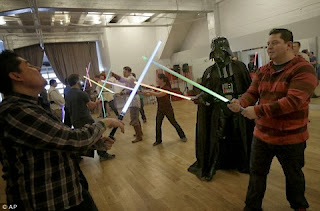Tupac Amaru Shakur
(June 16, 1971 - Sept. 13, 1996)
Born in Harlem, NYC to a family of Black Panthers and hard core criminals left Tupac aka 2pac exposed to the problems of society; poverty, racism, violence, drugs, and doing what you had to in order to survive within it all.
Growing up Tupac enjoyed reading and participating in school plays, he was popular for his raps & rhymes. He moved to California in 1988 with his drug addicted mother and continued his high school education, joined a poetry class which soon produced a concert where Tupac was approached to audition for Digital Underground which began his short lived but long lasting career.
The up rise of the1990's hip-hop from the critical approach reinforced social inequalities. Many argued that the controversial lyrics 2pac produced were harming society by encouraging troublemakers and creating violence. In reality, 2pac was remarkably smart and used his talent as a release of frustration through the form of music and poetry instead of violent acts, unless he had no other choice. "Just because your in the ghetto, doesn't mean you can't grow." 2pac used a central route to persuade his listeners to do better and believed that if he kept on talking about the problems, someone would eventually do something to make the necessary changes.
Almost 20 yrs. later 2pac is still considered one the greatest rap artists of all times. Not only did he rap about reality but he did it in such a way that it appealed to everyone in a struggle. His talent was an art, one could almost compare him to the solitary artist because whether he had gained fame, I believe he still would have created music for the good of all people and not for the money. 2pac
defined the thug as someone who has nothing but still succeeds, opposite from the common stereotype of a criminal. #Thuglife This thug mentality created a symbolic relationship amongst all of those within a lower class who are trying to rise in mobility and reach their potential, either as an individual or as an entire community.
2pac kept it real, he is the definition of authenticity and no one can be compared. Artists continue to sample his work and amazingly he had tons left to share. Below is "Letter 2 My Unborn" released as a posthumous single from his 2001 album Until the End of Time. In the song Tupac speaks to his hypothetical unborn child, relating stories of his own life and advising the child to avoid the troubles that he himself has faced.
Tupac died from a drive by shooting and his murderer has yet to be discovered.
This link will take you to the Tupac Amaru Shakur Foundation website to learn how more about how 2pac's mission to inspire and educate people lives on.
In the event of my Demise
In the event of my Demise
when my heart can beat no more
I Hope I Die For A Principle
or A Belief that I had Lived 4
I will die Before My Time
Because I feel the shadow's Depth
so much I wanted 2 accomplish
before I reached my Death
I have come 2 grips with the possibility
and wiped the last tear from My eyes
I Loved All who were Positive
In the event of my Demise
when my heart can beat no more
I Hope I Die For A Principle
or A Belief that I had Lived 4
I will die Before My Time
Because I feel the shadow's Depth
so much I wanted 2 accomplish
before I reached my Death
I have come 2 grips with the possibility
and wiped the last tear from My eyes
I Loved All who were Positive
In the event of my Demise
-Tupac
"The Rose that Grew from Concrete"



















